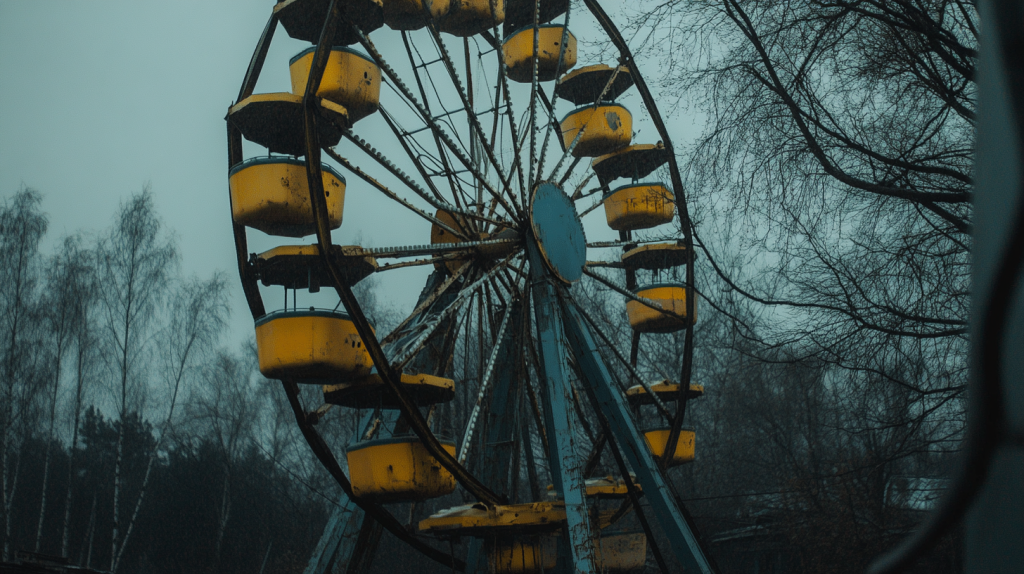The Chernobyl disaster is often used as a warning about the dangers of using nuclear energy. The true story of really happened in 1986 is more intriguing — and more complex — than most people realize.
How it occurred, and the events that followed, reveal a lot about the benefits and risks of nuclear energy.
The Explosion Wasn’t Caused by a Meltdown
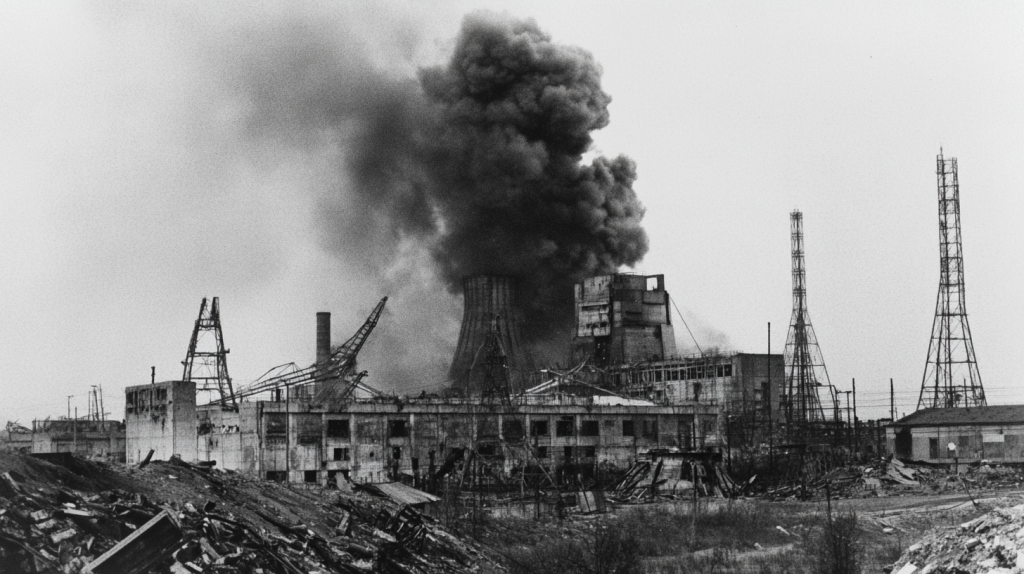
Many assume the Chernobyl explosion was a result of a nuclear meltdown, but the initial blast actually came from a steam explosion. A sudden power surge caused a buildup of steam, which led to a catastrophic explosion that blew the reactor apart. The subsequent fire and meltdown made things even worse, releasing large amounts of radioactive material into the atmosphere.
Chernobyl’s Reactor Design Was Fundamentally Flawed
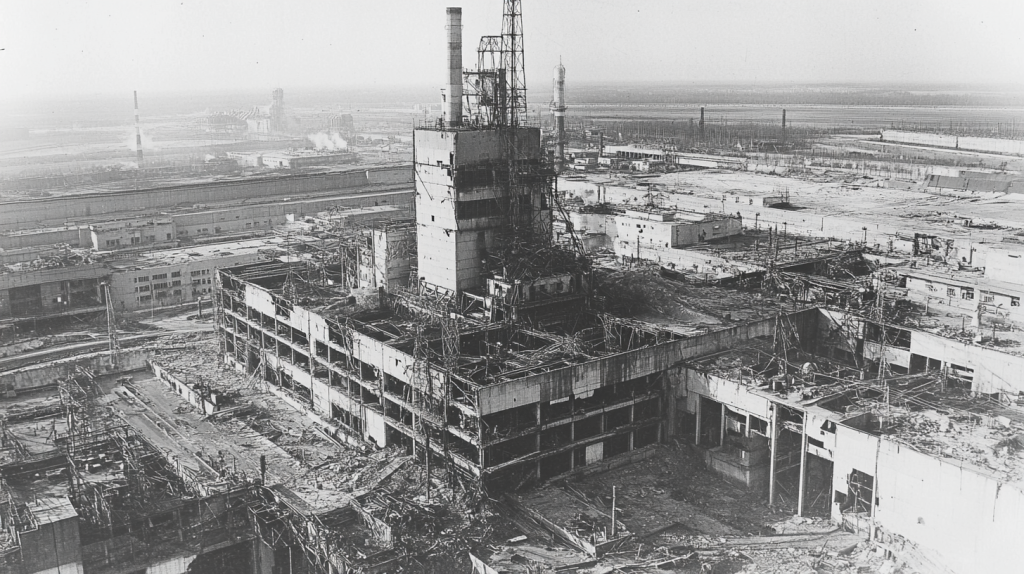
The reactor at Chernobyl, known as an RBMK, had a critical design flaw that made it unstable at low power levels. Unlike many reactors, it didn’t have a full containment structure to keep radiation from escaping. This, combined with a poorly planned safety test, set the stage for disaster when the reactor’s power surged out of control.
The Initial Response Was Denial
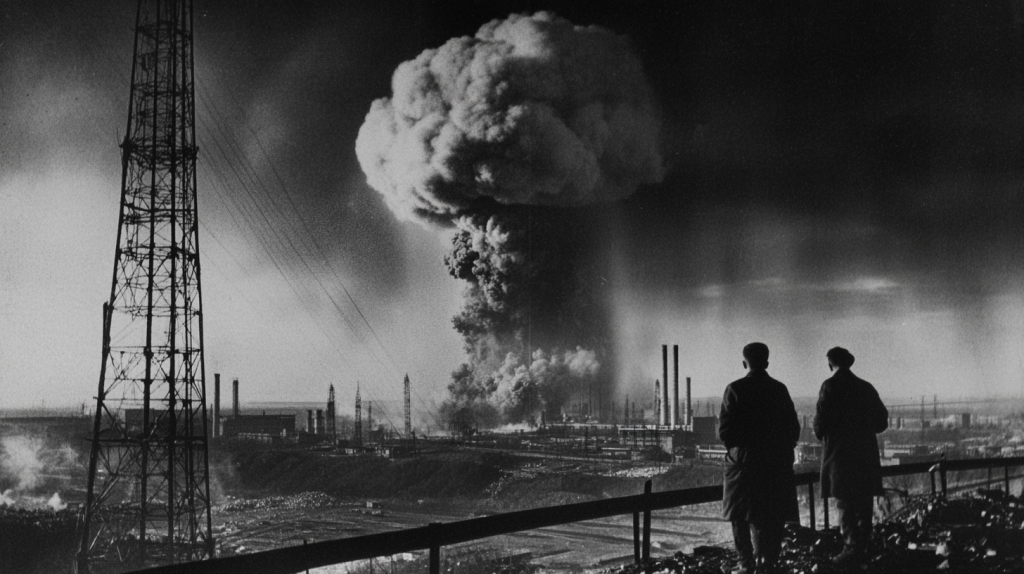
When the explosion first occurred, Soviet officials were hesitant to admit the scale of the disaster. For several days, they downplayed the severity of the situation, even as radiation spread across Europe. This delay in response worsened the contamination and led to a larger number of people being exposed to dangerous levels of radiation.
The Chernobyl Disaster Released 400 Times More Radiation Than Hiroshima
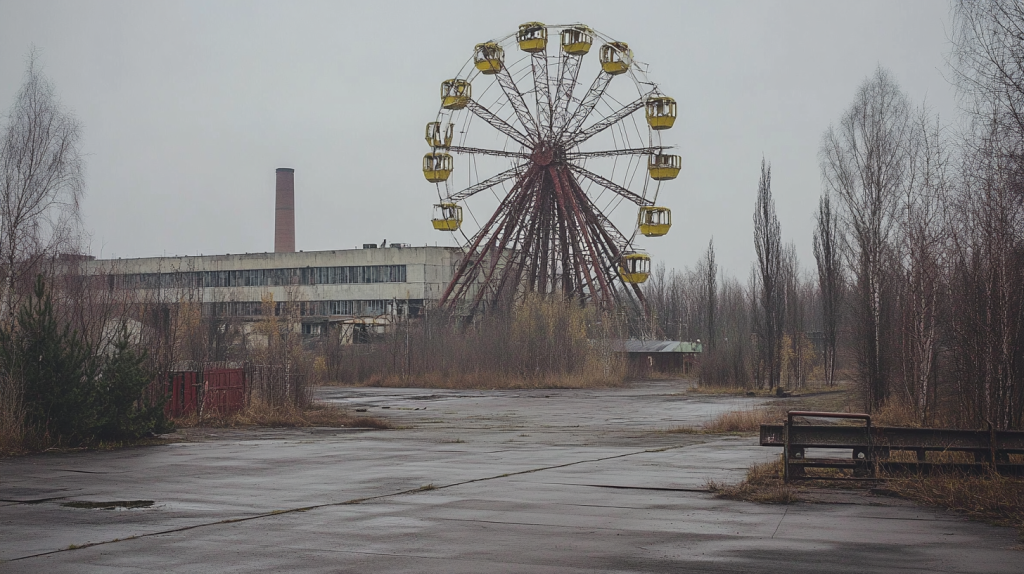
The amount of radiation released during the Chernobyl disaster was staggering. It’s estimated that the explosion and subsequent fires released 400 times more radioactive material than the atomic bomb dropped on Hiroshima. This radiation spread across Europe, contaminating large areas of land and exposing millions to increased levels of radiation.
A “Dead Zone” Was Created Around the Reactor
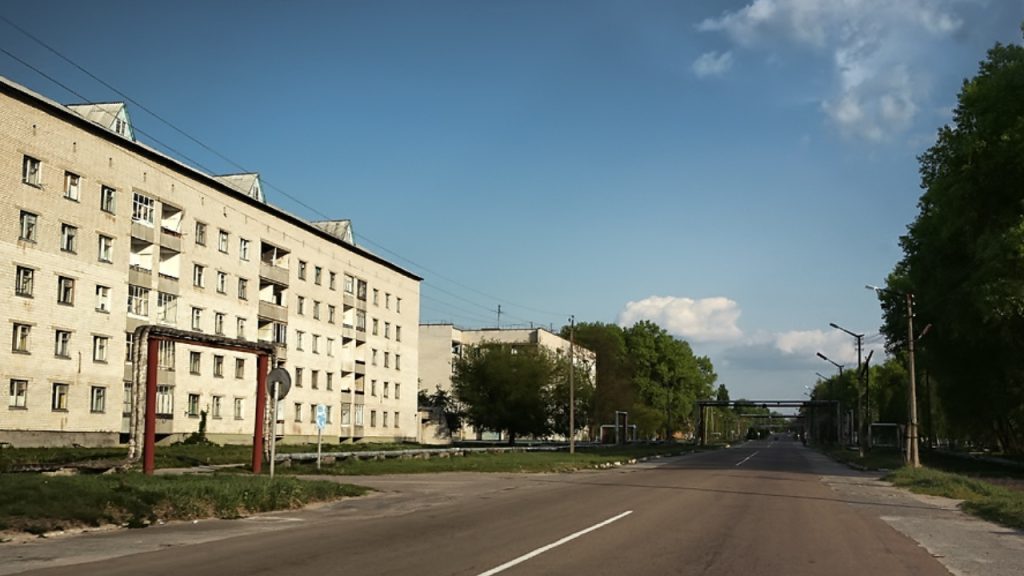
In the aftermath of the explosion, a 30-kilometer radius around the Chernobyl plant was evacuated and declared an exclusion zone. This area, often referred to as the “dead zone,” remains largely uninhabited to this day. However, some people, known as “self-settlers,” returned to live in the zone despite the risks, refusing to abandon their homes.
Nature Has Reclaimed the Exclusion Zone

Despite the high radiation levels, the exclusion zone around Chernobyl has become a haven for wildlife. With humans largely absent, animals like wolves, deer, and even endangered species have flourished. This surprising resurgence of nature has led some scientists to study the area as an example of how ecosystems can recover after a nuclear disaster.
The Chernobyl Disaster Is Still Impacting Health Today
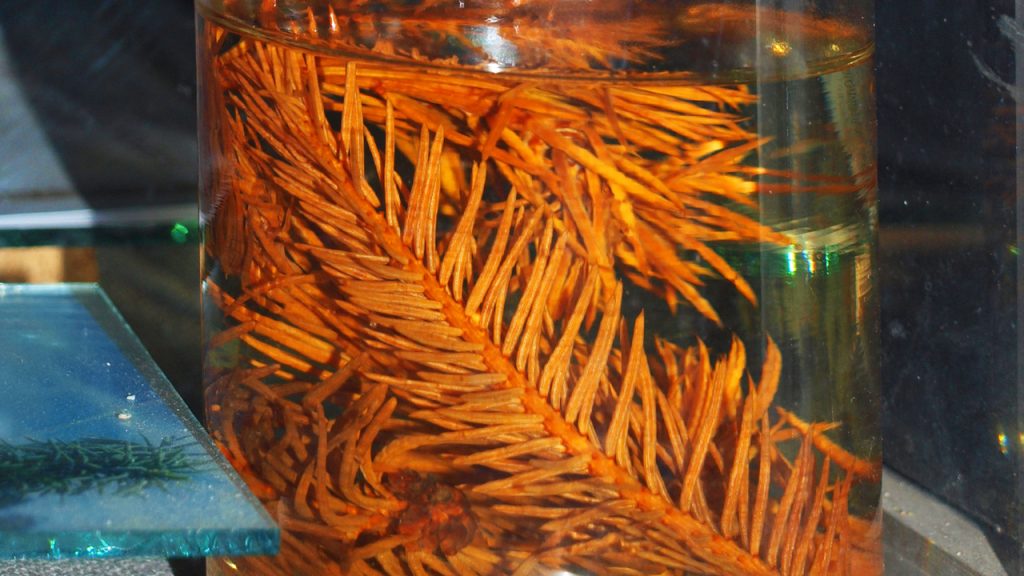
The long-term health effects of Chernobyl are still being felt today. Thousands of cases of thyroid cancer have been linked to the disaster, particularly in children exposed to radioactive iodine. Other health issues, including birth defects and various forms of cancer, have also been observed, although the full extent of the impact is still debated among scientists.
The Cleanup Efforts Were Heroic

In the immediate aftermath of the explosion, thousands of workers, known as “liquidators,” were sent in to contain the disaster. These workers faced extreme radiation levels as they built a concrete sarcophagus to encase the damaged reactor. Many of them suffered from radiation sickness, and their heroic efforts likely prevented an even greater catastrophe.
The New Safe Confinement Structure Is an Engineering Marvel
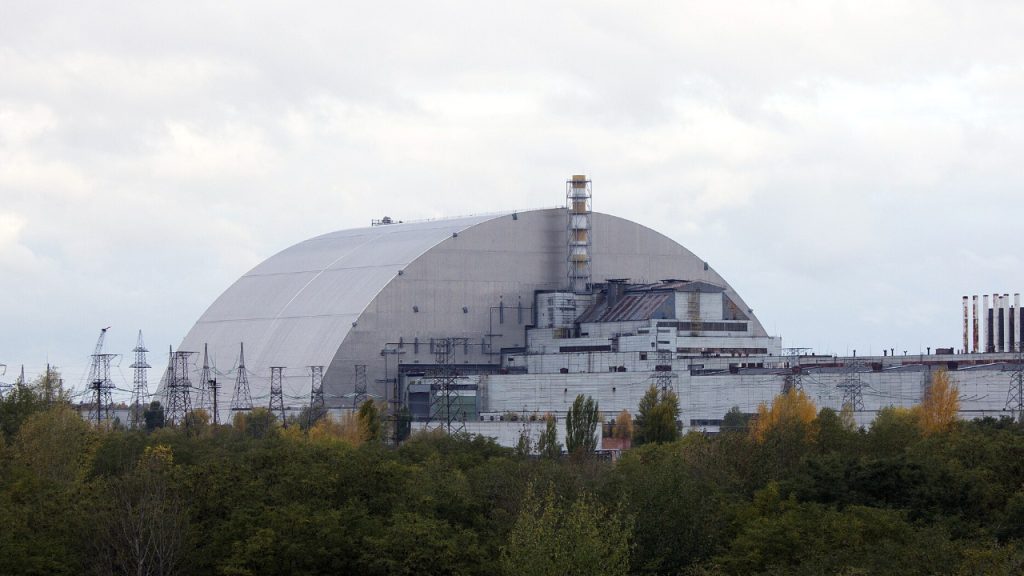
To replace the aging sarcophagus, a massive steel structure known as the New Safe Confinement was completed in 2016. This giant arch, the largest movable land-based structure ever built, was designed to cover the damaged reactor and prevent the release of further radiation. It’s expected to contain the site safely for at least 100 years.
The Chernobyl Accident Was a Catalyst for Change
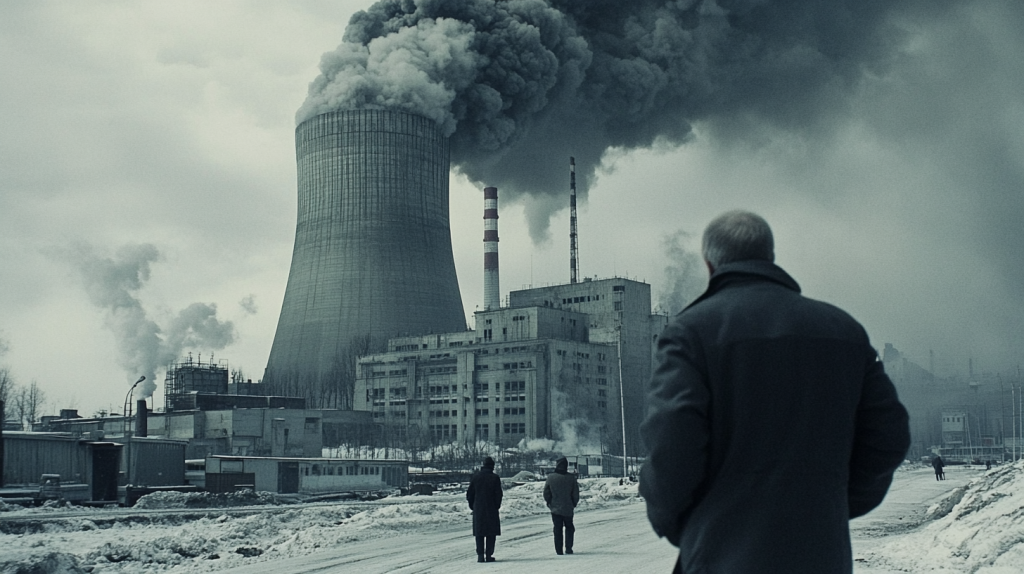
The disaster had a profound impact on nuclear policy worldwide. In the Soviet Union, it led to greater transparency and eventually played a role in the political reforms of the late 1980s. Internationally, it sparked widespread public fear of nuclear power and led to stricter safety regulations and more robust reactor designs.
The “Elephant’s Foot” Is a Deadly Reminder of the Disaster
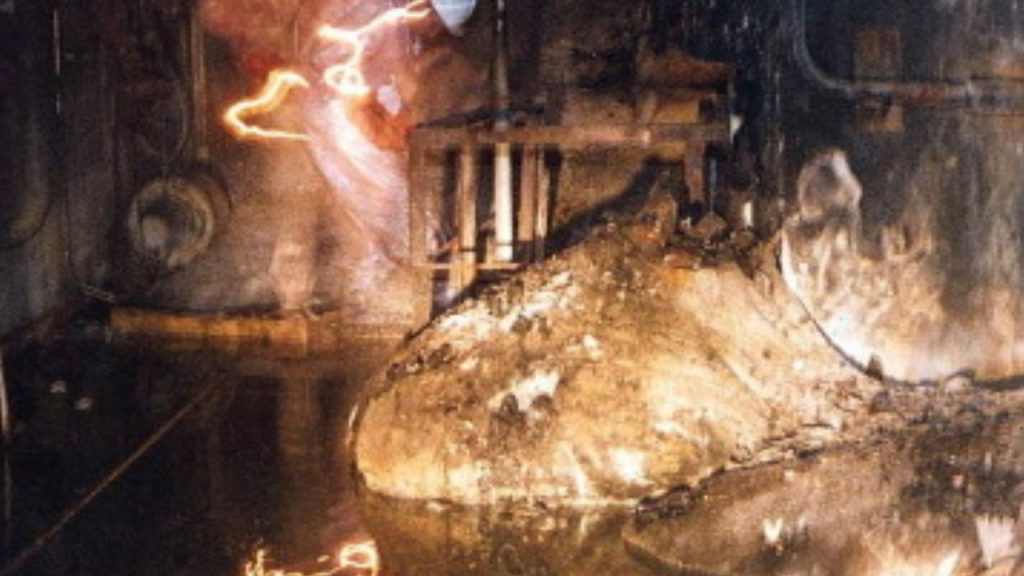
Deep within the remains of the reactor lies the “Elephant’s Foot,” a massive, highly radioactive mass of corium and other materials formed during the meltdown. It’s so radioactive that spending just a few minutes near it could be fatal. The “Elephant’s Foot” is a haunting reminder of the extreme dangers of nuclear power when things go wrong.
Chernobyl Inspired a Hit TV Show
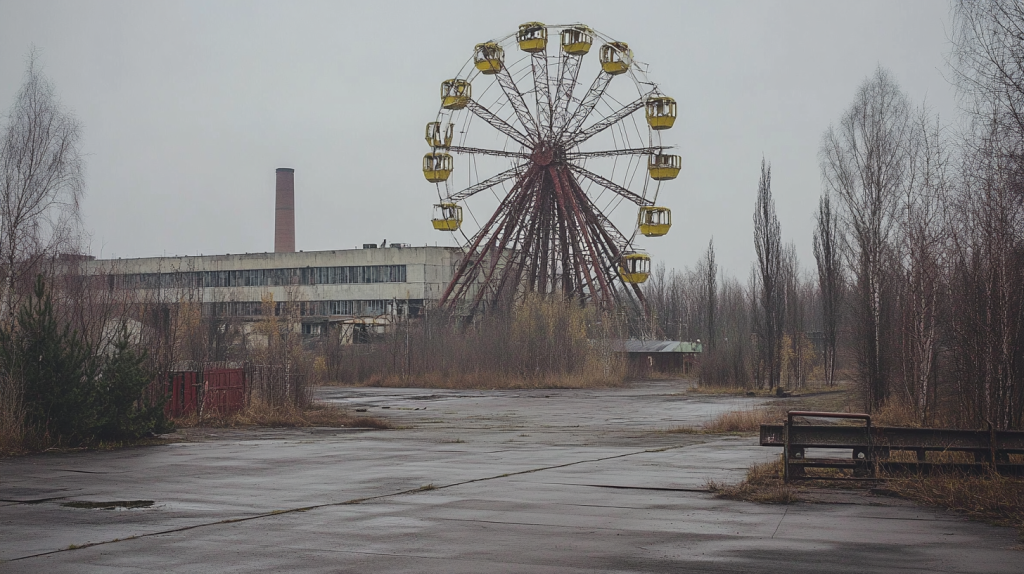
The 2019 HBO miniseries “Chernobyl” brought renewed attention to the disaster, dramatizing the events and their aftermath with chilling accuracy. The show won critical acclaim for its portrayal of the human and environmental toll of the disaster, and it sparked new interest in the history of Chernobyl and the risks of nuclear power.
The Disaster Could Have Been Even Worse
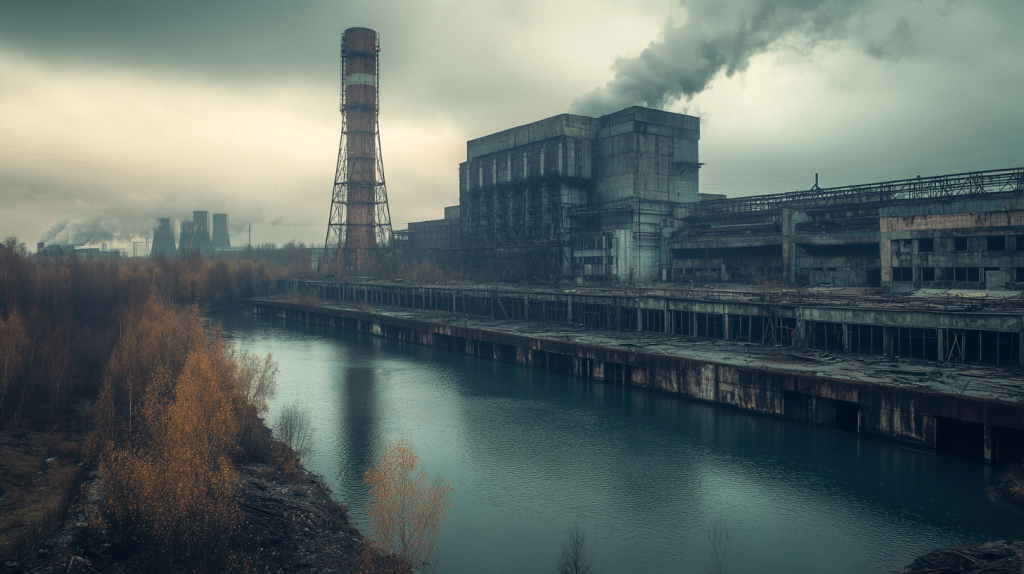
It’s hard to imagine, but the Chernobyl disaster could have been even more catastrophic. If the molten reactor core had melted through the reactor floor and hit the water underneath, it could have caused a massive steam explosion. This secondary explosion might have rendered much of Europe uninhabitable. Fortunately, quick actions by plant workers prevented this worst-case scenario.
Chernobyl Is Now a Tourist Attraction
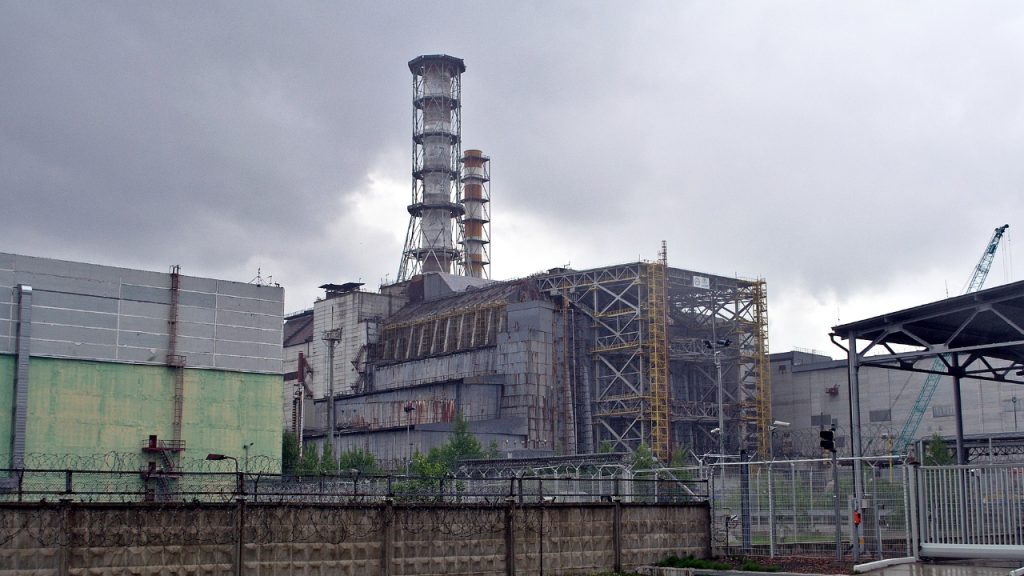
Despite its dark history, Chernobyl has become a popular tourist destination. Guided tours allow visitors to explore the abandoned city of Pripyat and view the remnants of the power plant from a safe distance. Tourists can even see the new containment structure, although they are strictly forbidden from entering the most radioactive areas.
The Area Is Home to Some of the World’s Strangest Flora
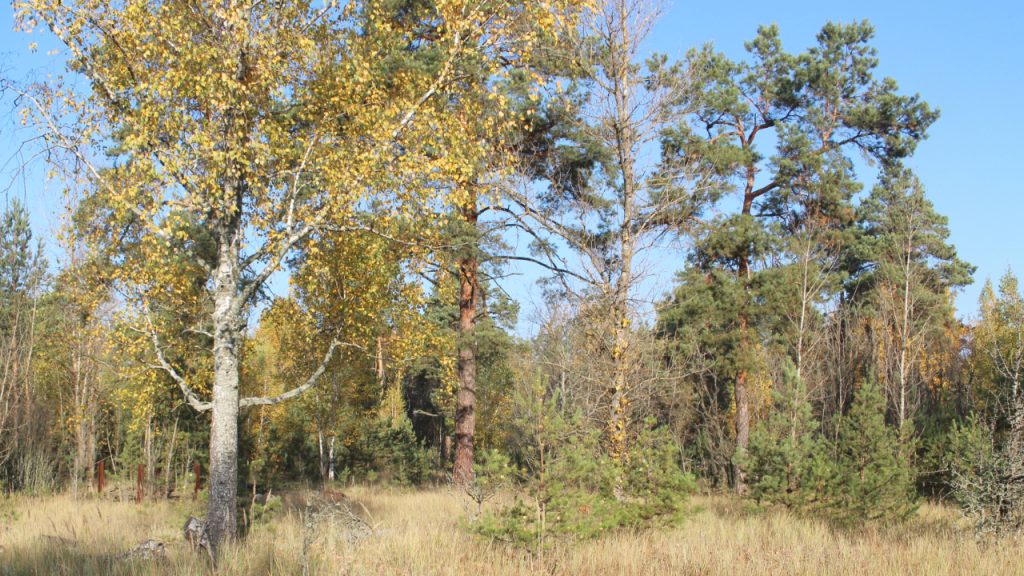
Radiation has caused some unusual mutations in the plants around Chernobyl. Scientists have observed trees with twisted trunks, giant mushrooms, and plants that seem unusually resilient to radiation. While these mutations are fascinating, they also serve as a stark reminder of the environmental impact of the disaster.
There’s a Dark Tourist Trend Called “Chernobylite”
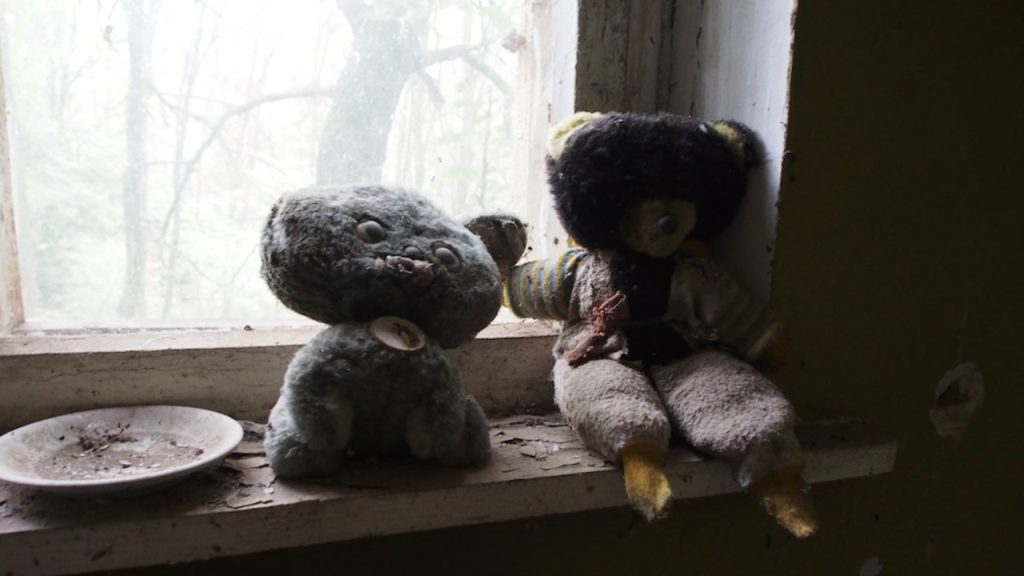
Chernobylite is a slang term for those who visit the exclusion zone for the thrill of experiencing the aftermath of the disaster. These “dark tourists” are drawn by the eerie, post-apocalyptic landscape and the chance to witness the effects of one of history’s worst nuclear accidents. However, experts warn that these visits can be risky due to residual radiation.
The Full Environmental Impact Will Take Centuries to Understand
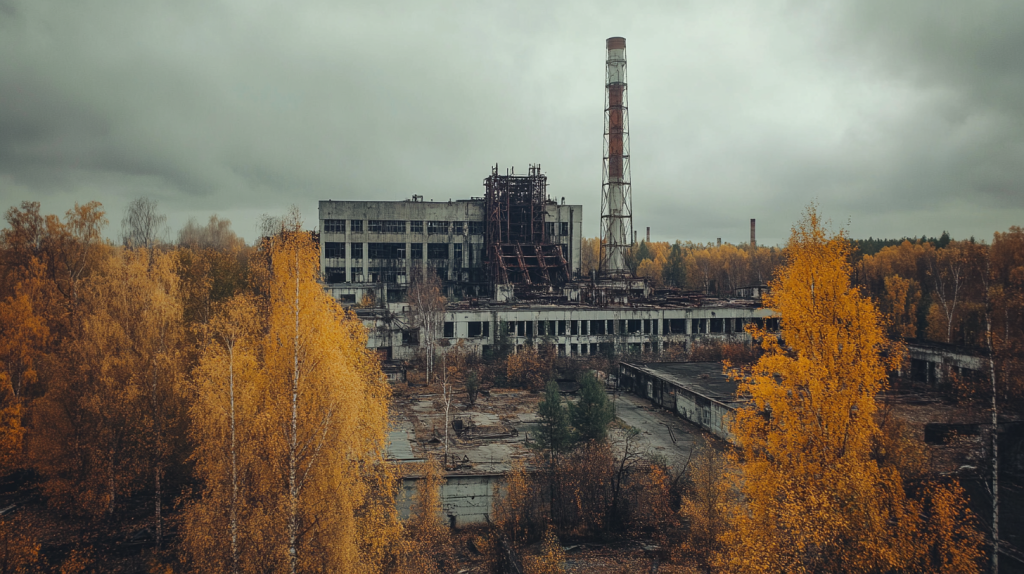
The Chernobyl disaster released a cocktail of radioactive materials into the environment, some of which have half-lives lasting thousands of years. While certain areas may become safe to inhabit within a few decades, others will remain contaminated for much longer. The full environmental and health impacts of the disaster may not be fully understood for centuries.
Chernobyl Changed the World’s Perception of Nuclear Power
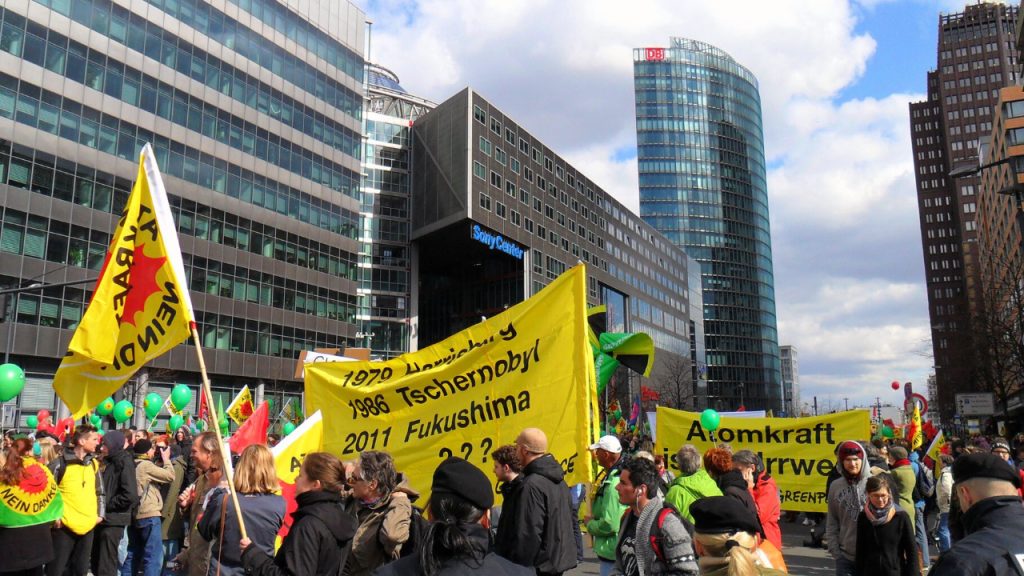
Perhaps the most significant impact of Chernobyl is how it changed the world’s perception of nuclear energy. Before the disaster, nuclear power was seen as a clean and almost limitless energy source. Afterward, it became synonymous with catastrophic risk, leading many countries to rethink their nuclear policies and invest more in alternative energy sources.
Ellen has been obsessed with logic puzzles, jigsaws, and cryptograms since she was a kid. After learning she was taught how to play chess wrong by a family friend (so they could win), she joined her school chess club and the rest is history.
